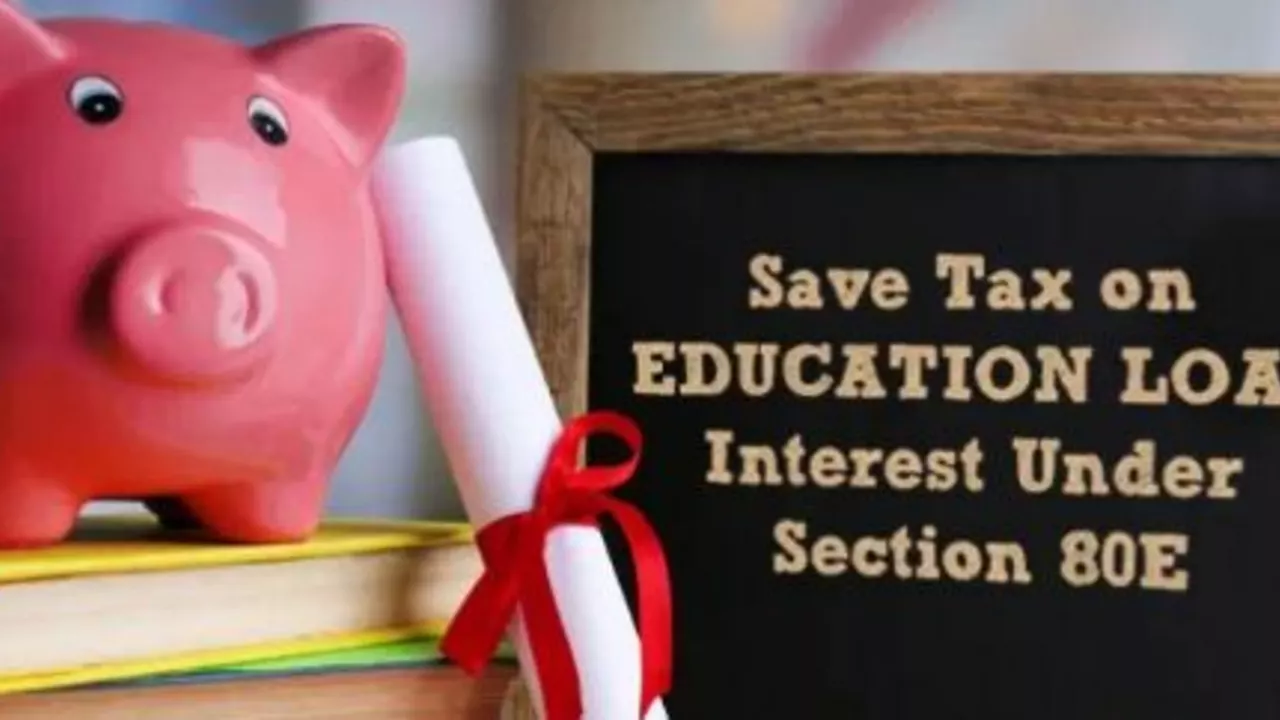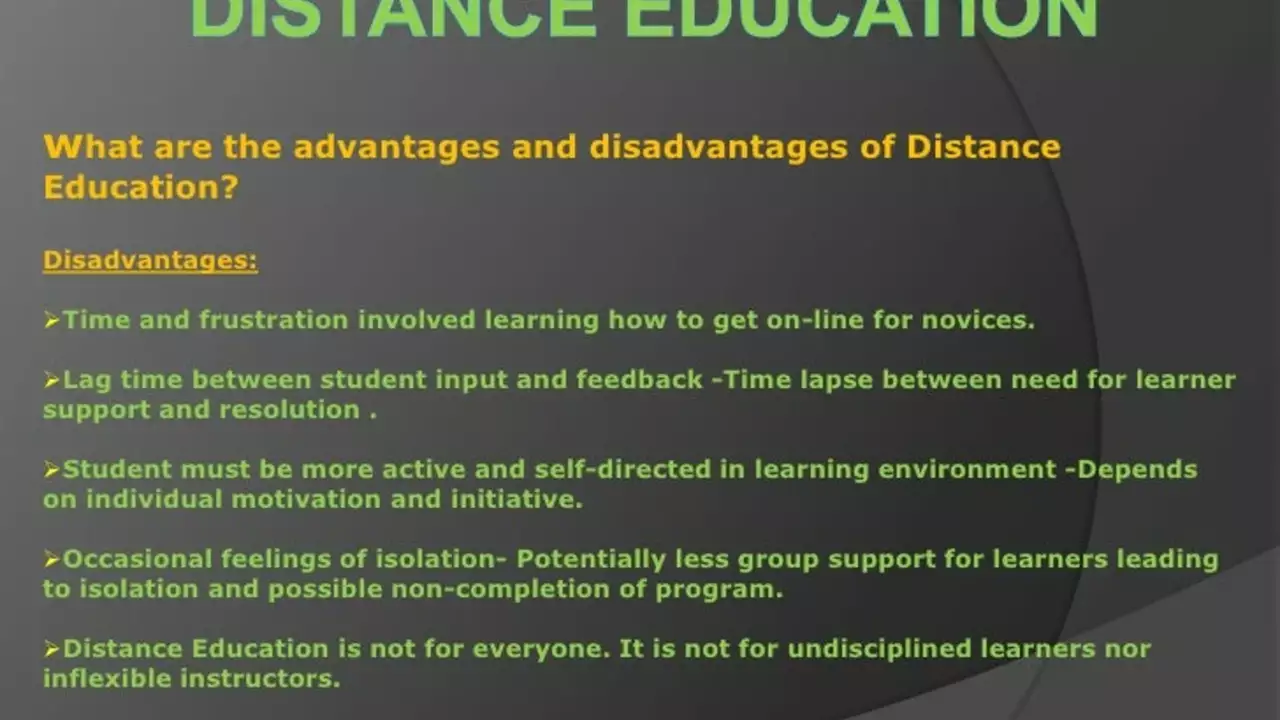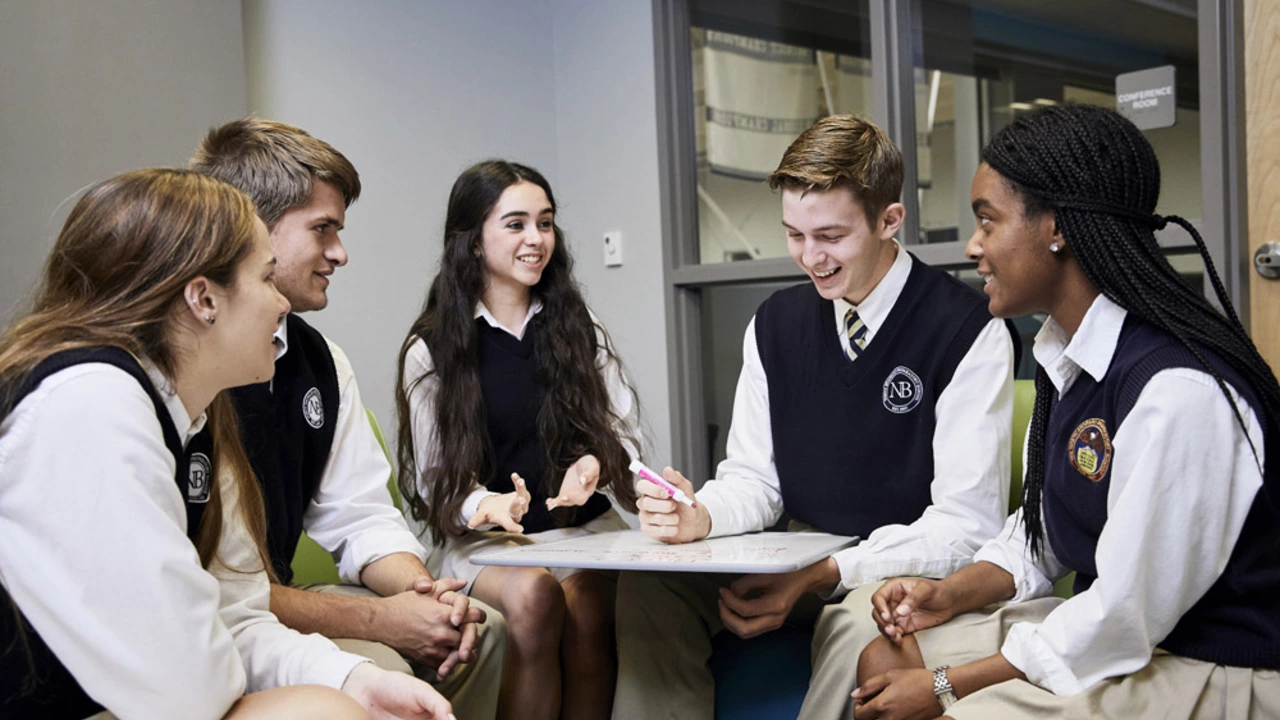July 2023 Education Insights: Loans, Tech, Schools, and New Ways to Learn
Welcome to a quick roundup of what we talked about in July 2023. If you’re curious about cheaper education loans, the latest on tech in the classroom, or how private and public schools stack up, you’re in the right place. Let’s break down each story and pull out the most useful tips you can apply right now.
Financial Help for Students
First up, we highlighted banks that are actually offering 0% interest education loans for girls. Yes, you read that right—zero interest. Major players like SBI, HDFC, and ICICI have introduced these special schemes to promote gender equality in higher education. If you’re a female student or supporting one, start comparing the eligibility criteria and application timelines. The paperwork is pretty straightforward, and the savings can be huge over the loan tenure.
On the flip side, we also dug into why most student loans carry high interest rates. The main reasons are risk and repayment length. Student loans are unsecured, so lenders charge more to cover that risk. Plus, the repayment period can stretch over a decade, which adds to the lender’s exposure. Even though the government subsidizes some loans, the subsidies don’t always offset the full cost, leaving borrowers with steeper rates. Knowing this helps you negotiate better terms or consider alternative financing.
Innovative Learning & School Choices
Technology’s role in education got a fresh look in our July post. We discussed how digital tools make learning more interactive, give students instant access to massive information pools, and enable personalized learning paths. Think of a classroom where a student can pause a video, replay a concept, or use an app to practice math at their own pace. That kind of flexibility prepares kids for the digital world while keeping them engaged.
We also explored alternatives to the traditional “banking model” of education—where teachers just deposit information and students passively receive it. Project‑based learning, flipped classrooms, and experiential learning were all on the table. These approaches push students to solve real‑world problems, discuss ideas with peers, and apply knowledge actively. If you’re a teacher or a parent, try mixing in a small project or a flipped lesson to see how it sparks curiosity.
School quality came under the microscope when we asked whether private schools truly outperform public ones. The answer isn’t a clean yes or no. Private schools often have smaller class sizes and more resources per student, but public schools offer diverse environments and broader program choices. The key is matching a school’s strengths to a child’s needs—whether that means more individualized attention or exposure to a wider social mix.
Lastly, we took a close look at the University of Illinois at Chicago (UIC) for anyone eyeing a degree in education. UIC’s College of Education is praised for its urban‑focused research, hands‑on teaching experiences, and solid support services. If you want a program that blends theory with practical work in city schools, UIC is worth a serious look.
That’s the July snapshot in a nutshell: cheaper loan options for girls, a reality check on loan interest, tech‑driven classroom benefits, fresh teaching models, and a balanced view of school types. Keep these takeaways handy as you plan your educational journey or help someone else navigate theirs.
Which banks offer an education loan for girls at 0% interest rate?
Well folks, you won't believe it, but some banks are offering 0% interest rates on education loans for girls, talk about a real-life fairy godmother! These banks are all aboard the gender equality train, giving girls a financial leg up when it comes to education. Believe me, I've done my homework and found that a number of banks such as SBI, HDFC, and ICICI are serving up these sweet deals. So, to all the girls out there, your dreams of higher education just got a little bit easier to reach. Hats off to these banks for lending a helping hand, or should I say, a helping wallet!
View MoreIs UIC a good college for a degree in education?
After extensive research, I've found that the University of Illinois at Chicago (UIC) is indeed a great choice for pursuing a degree in education. Their College of Education is highly recognized for its innovative research and commitment to urban education. The programs are designed to prepare students for real-world challenges with practical teaching experiences. Additionally, UIC offers a wide range of resources and support for students, enhancing their academic journey. In summary, UIC appears to provide a comprehensive and enriching environment for those aspiring to be educators.
View MoreWhy do student loans have such high interest rates?
Student loans often have high interest rates, which can lead to a heavy financial burden for borrowers. This is due to several factors. Firstly, unlike a mortgage or car loan, student loans are unsecured, meaning they come with a higher risk for the lender. Secondly, the repayment period for student loans is typically longer, which increases the lender's risk. Lastly, the government often subsidizes student loans, but these subsidies don't always cover the full cost of lending, leading to higher rates.
View MoreWhat are the benefits of technology in education?
In today's blog post, we delved into the wide-ranging benefits of technology in education. We discovered how it fosters interactive learning, making lessons engaging and easier for students to grasp. We also discussed how technology provides access to a vast amount of information and educational resources, promoting independent learning. Furthermore, it prepares students for the digital future and can offer personalized learning experiences. In a nutshell, technology in education can revolutionize the way we teach and learn.
View MoreWhat are alternatives to the banking model of education?
In my exploration of alternatives to the traditional banking model of education, I discovered several innovative approaches. Project-based learning, for instance, encourages students to apply their knowledge to real-life situations, fostering creativity and critical thinking. The flipped classroom model promotes student engagement by shifting lectures to a digital format, leaving class time for hands-on learning. Personalized learning tailors education to each student's needs and pace, while experiential learning emphasizes learning through doing. These methods all aim to create an interactive, student-centered learning environment.
View MoreAre private schools really that much better than public schools?
In my exploration of whether private schools outshine public schools, it's evident that the answer isn't black and white. Private schools often boast smaller class sizes and more individual attention, but public schools offer a diverse environment and typically have a broader range of programs. The quality of education really depends on the specific school, not just its private or public status. Ultimately, the choice between public and private education should be based on what fits a child's individual needs and family expectations. After all, a good education is about more than just the type of school attended.
View More




